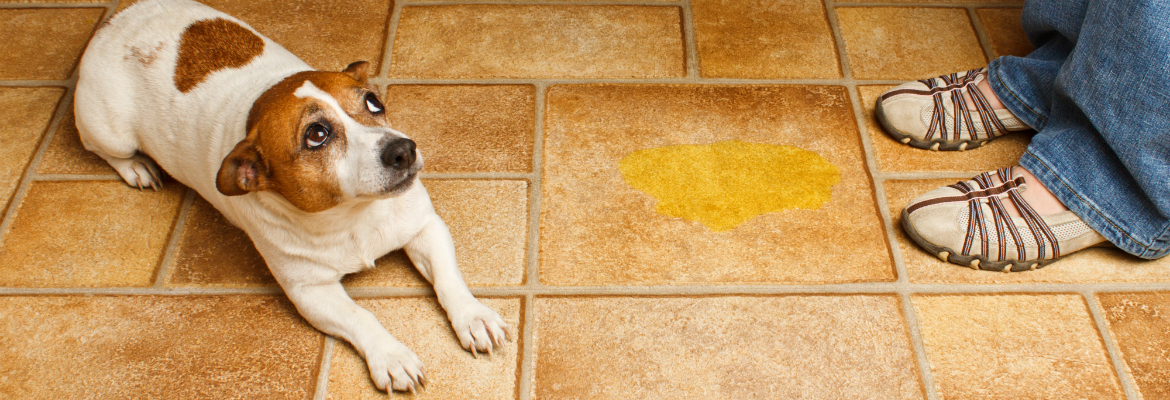Training Difficulty Level30%

Step #1 – MANAGEMENT SYSTEMS: One of the first things you should do is establish a management system or “Den Space”. (A crate or kennel is usually the best type) The crate or kennel should be just large enough for your dog to easily stand up and turn around. A crate that is too big or using a large crate without a divider will give your puppy the opportunity to relieve himself in the crate. A crate with a removable divider, allowing the interior of the crate to grow as your puppy matures, will be the best solution. A playpen or even a small bathroom, are also options for a “Den Space”. If you choose either of these den spaces, make sure they are “puppy-proof,” or free of objects or materials that dogs can chew or destroy.
Step #2 – ROUTINE: Every time your dog comes out of his “Den Space,” you should take him to the designated “Potty” area. In the early stages of training, it is important to make both the exit door and the “Potty Area” consistent. Next, select a word or phrase to use as a command each time you take your dog outdoors to relieve himself. The word “Potty” is most commonly used and may be the best choice. Another phrase you might consider is, “Do your business.” An important step in this training is to use your word or phrase repeatedly, beginning the moment your dog is released from his “Den Space.” This will begin to teach your dog what exit to approach when he has to go. Once your dog is outside, keep repeating your word or phrase. Do not yell or use a questioning tone of voice, instead use a motivating voice. When your dog begins to relieve himself, immediately start to praise him. Do not wait until he is finished before giving him the positive reinforcement he deserves for going in the correct place. A Word About Feeding: An important part of defining your routine includes establishing a consistent feeding schedule. Ideally you should feed your dog two times a day (For puppies: two to three times a day). Leave the food down for only 15 to 20 minutes per feeding. If your dog doesn’t eat within that period of time, remove the food until the next meal. Don’t worry if your dog skips a feeding, he will eat when he needs to and within a couple of days he will be eating at mealtime. If you don’t know when food goes in, you won’t know when it is ready to come out!
Step #3 – SUPERVISION: While your dog is out of his “Den Space” it is important to supervise him. Always be on the lookout for signs that your dog has to relieve himself, such as sniffing around or circling in place. One fatal yet common mistake is giving your puppy too much freedom, too quickly. Initially: 100% Supervision – When you first start potty training, don’t let the dog out of your sight, no matter where he is within your home. You need to catch him in the act of relieving himself, in the wrong place, every time. Supervision will eliminate unseen accidents and reinforce the rules of housebreaking. Managing Supervision: If you can’t give your dog 100 percent supervision, tether him to a table or a chair with a leash. This is ideal if you are eating a meal or just relaxing and watching television. If you are preoccupied and cannot watch your puppy, keep him in his “Den Space”. When Accidents Happen… If you catch your puppy making a mistake, immediately take him to the “potty” area. It isn’t necessary to correct or scold your dog when you catch him going in the wrong place. If you find an accident after the fact, just clean it up and refer to your rules of supervision. Within these three steps, you will soon discover that the key to successfully housebreaking your puppy, comes down to one principal – Be patient, be Consistent!
If you need additional assistance with teaching your dog where to potty in the yard or any other dog training or behavioral issue LimitLess Dog Training happy to assist you. Free Evaluation of your dog. We come to you in Temecula Valley and most areas of San Diego, including oceanside, Carlsbad, Encinitas, Poway, Vista, San Marcos, Escondido, Del Mar, Rancho Bernardo, Valley Center and more!